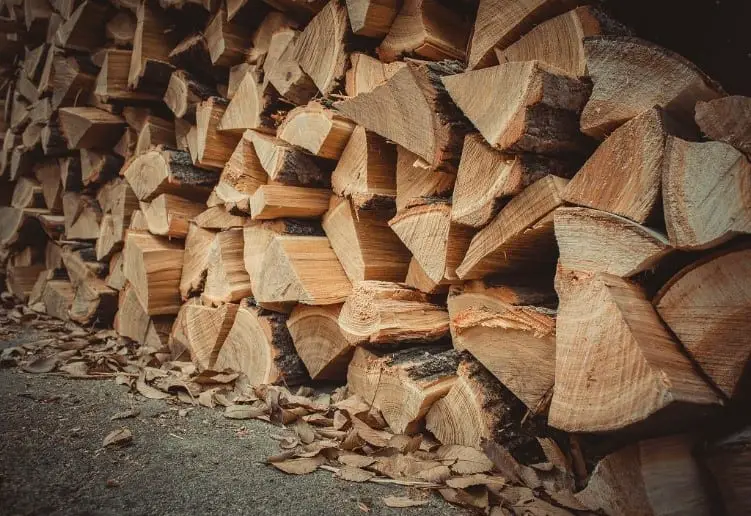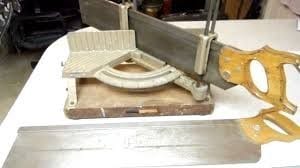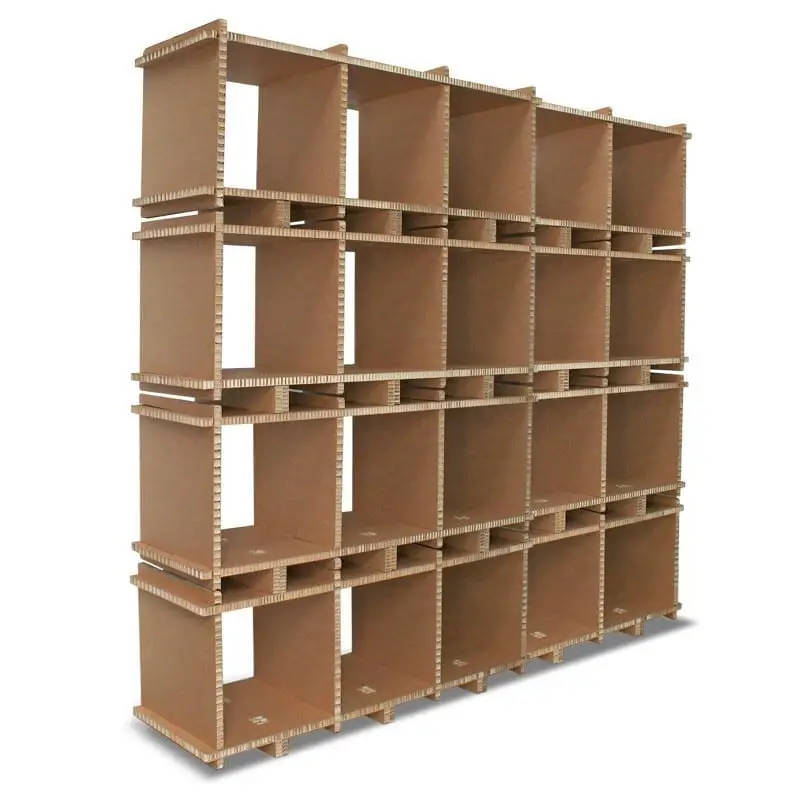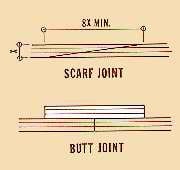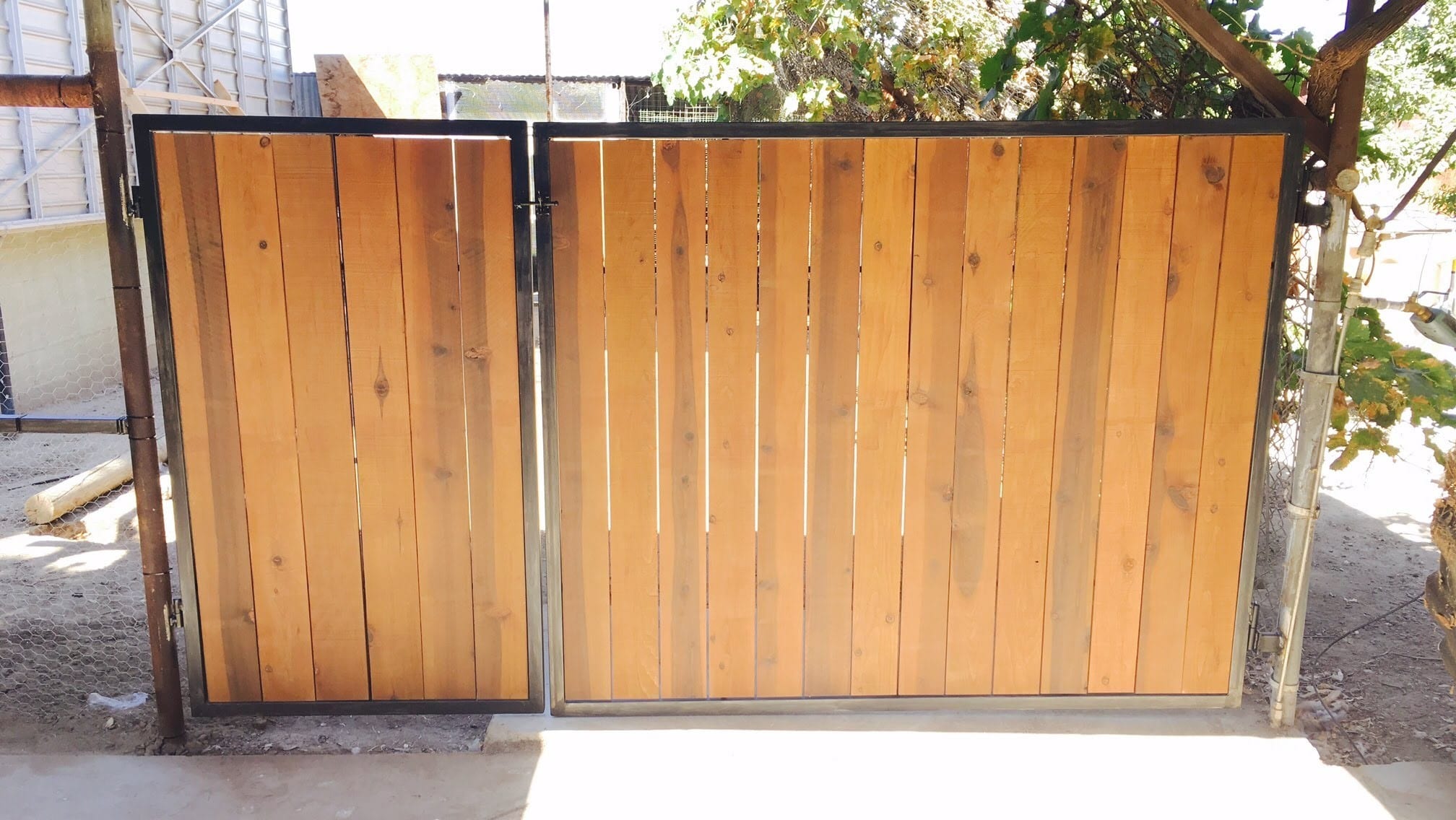When solid chunks of lumber are carved from the trunks of trees, we call them wood logs. Their uses in woodworking applications are many and varied. Some amazing design formations that we may create from wood logs include garden benches, log stairs on a garden, raised garden beds and so on. Wood logs may also serve as beautiful furniture pieces like rustic stools, side tables, coffee corners, bookshelves and the list goes on. We can also make other items of utility, showpieces and wearables like tea coasters, ornaments, candle holders and cutting boards out of wooden logs. One of the other common uses of wooden logs is seen in the construction of small to large hidden cabins and tree houses in the countryside. Wood logs are used in the construction of wooden buildings as well.
Why is debarking important?
The practice of removing barks from wood logs is a common way of preserving them. Because when a tree is growing up, the bark performs a completely different role. It stands there like a guard protecting the tree against adverse conditions. But once the tree, or a branch is felled, the role of the bark changes for the worse. Instead of providing protection, it now becomes the breeding ground for insects. When a branch is severed, it becomes easier for the insects to find their way through the new openings and make the cool places underneath the bark their playing fields.
A tree thrives on water and moisture. But when a log is cut, it becomes devoid of life. In such a scenario, any moisture that may have been trapped underneath the bark then eats into the wood and destroys it over a period. A bark can also trap dirt which not only causes harm to the tree, but may also damage the tools used for shaping the logs into various craft.
Having said this, we cannot undermine the aesthetic value of a bark. So, despite the potential risks we would still want to preserve it. In this regard, we must keep in mind that bark tends to detach itself from the wood over time. It is, therefore, important to treat the entire wood log with preservatives to remove any trace of moisture. After this you can finish the project which ever way you like it.
In this article, we will teach you how to preserve wood logs with bark in a step-by-step format. But before that let us look at the tools we would need to accomplish this task.
How to preserve wood logs with bark – Essentials
There is no denying the fact that to get anything right, we must follow the techniques correctly. But the techniques will be sacrosanct, only if the tools, equipment, or the other essentials needed for execution are in perfect tandem with them. In this case, the essentials are as follows:
- Plastic or Fibreglass container
- Wooden Skewers
- Pentacryl
- Brush
How to preserve wood logs with barks
So let us now shift our focus to the meat and potatoes of how to preserve wood logs with bark.

Step 1
The task of preserving wood logs with barks is challenging no doubt. It is important to make sure that the bark does not fall off the tree while cutting. And to ensure this, you must make it a point to cut the trees only during winter. This is a dormant period because during this time of the year, the flow of sap stops which leads to the hardening of the wood. This helps the bark in fastening itself to the tree strongly. On the contrary, if you cut the tree during its growing period, the delicate layer between the bark and the tree, known as cambium will cause the bark to loosen up gradually.
Note that not all wood types are suitable if you want to preserve the wood logs with bark. The most conducive ones are pine and oak. Hickory needs to be avoided under all circumstances.

Step 2
Clean the wood logs with a mixture of water and chlorine bleach. After washing, rinse your logs thoroughly with water to remove any remnants of chlorine from them. Cleaning is an essential process as it helps the preservatives and the coatings to penetrate deeper into the wood when
you apply them afterward.

Step 3
Now, it is time to keep the log with the bark inside a container. And for this, you need one made of either plastic or a fibre glass. Although a metal container is more readily available, you may say, it is best to avoid metal. Because the wood stabilizing agent you would be using for treating the wood log with, is a chemical which may react with metal. In case you are not finding one easily, you can run your imagination riot and come up with more creative ideas like a plastic pool for kids, maybe. So once you have managed to get hold of the container, next, arrange for some wooden skewers and place them at the bottom of the box. Then lay the wood log with the bark on top of them to avoid direct contact with the base of the container.
In case you are unable to treat the wood immediately, you may sprinkle water on the bark and wrap it up loosely in plastic. You can keep it this way for about a week. But anything longer than this will make the wood moldy.

Step 4
Now, it is time to apply preservatives on the wood like Pentacryl. Preservatives or wood juice help in reducing shrinkage, preventing the bark from falling off the wood. Pentacryl also protects the wood against damage from UV rays without changing its color. However, the amount of solution you need depends on the thickness of the wood log. It is best to keep the log submerged in the solution for as long as you want. It will not damage the wood. But if the log is too big, you may dip a brush in the solution and coat one side of the wood log first. This includes the surface of the wood and the bark on its sides. It takes about a day for one side to dry up. Once it has dried up completely, turn over to the other side and repeat the same step.
Make sure that the entire wood piece has absorbed the solution. You would know this if the solution sits on top of the wood and does not blend with it anymore. Remember to wrap the wood log with plastic after applying the preservative. Otherwise, the preservative will evaporate.

Step 5
It is important to dry the wood thoroughly. After the wood is completely dry, sand it, or put some color on it. Finally, finish it off by applying polyurethane as it will prevent the wood from moisture damage.
Conclusion
By following the above steps on how to preserve wood logs with barks, you can increase the longevity of your logs by several years.




